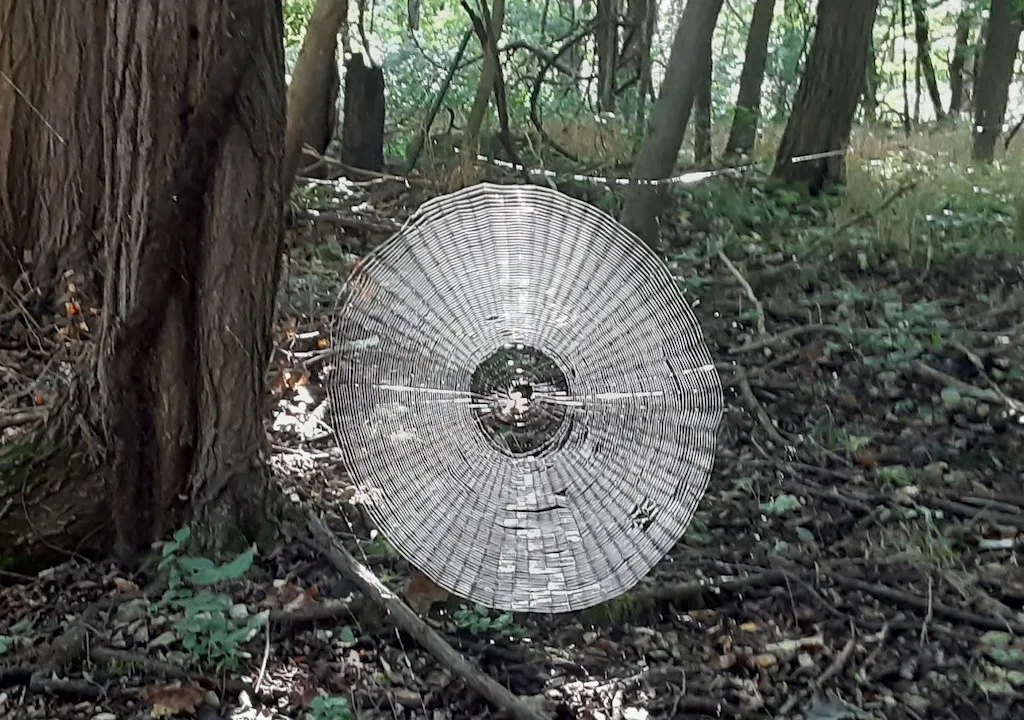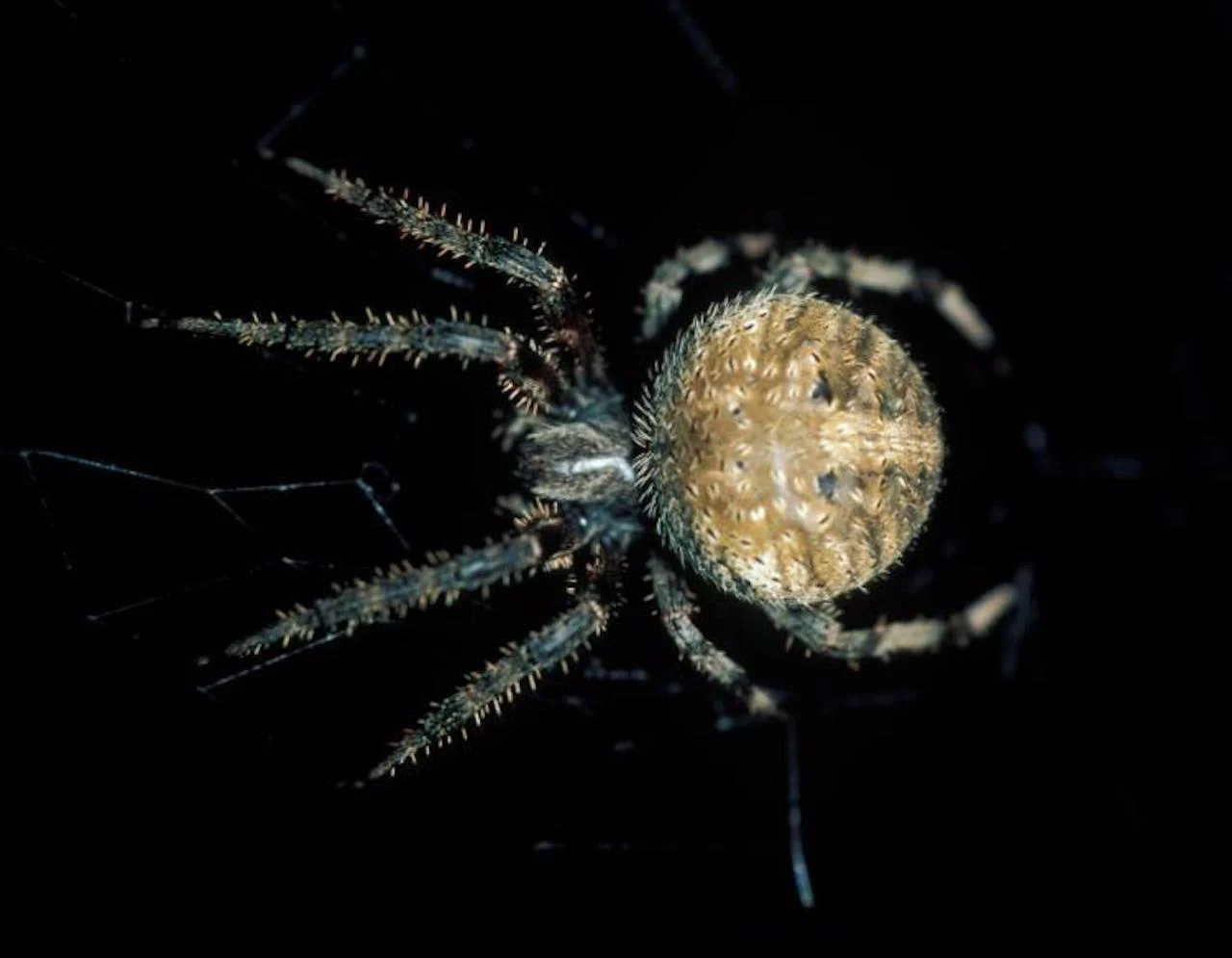
Spooky spiderweb appears big enough to 'catch' a person
The spiderweb photo generated plenty of feedback on Facebook, with one user commenting that it was "the kind that literally 'catch' people if they walk through them at night."
With Halloween around the corner, how fitting is it that someone stumbled across a large, well-crafted spiderweb.
A staff member with the Missouri Department of Conservation recently snapped a photograph of a huge spiderweb while on a trail near Springfield, garnering a massive response from the department's social media followers, who commented on its spooky appearance.
Francis Skalicky, a media specialist, captured the photo, according to the department, which then posted the image on its Facebook page on Wednesday. The complex, discoid web was built between two trees and the angle of the picture makes it look mammoth and scary-looking.
The web was orchestrated by an orb weaver spider, known for its detailed web designs. They are considerable in size, as well -- approximately a half-inch (1.27 cm) for females and are usually hairy or furry, according to the conservation department.

A picture of a sizeable spiderweb was captured recently by a staff member of the state's Department of Conservation while out on a trail near Springfield. Photo: Missouri Department of Conservation/Facebook.
The photo generated lots of comments from users on the department's Facebook post. Some mentioned how fitting it was to see a large orb web in October, while another person even said it was "the kind that literally 'catch' people if they walk through them at night."
While the spiders like to feed on flies, helping to keep their populations under control, it's insects such as moths and crane flies that are usually their preferred choices.

Arboreal orb weaver spider. Photo: Missouri Department of Conservation.
The department also said the spiders are common in open woods, brushy fields, tall grassy areas and around fenceposts and buildings. They can also be found on the eaves of houses and barns. They may build their webs wherever structures are present for support and where flying insects typically pass by.
Thumbnail courtesy of Missouri Department of Conservation/Facebook.
Sources: CNN | Missouri Department of Conservation











